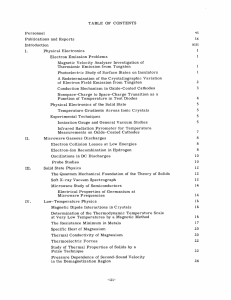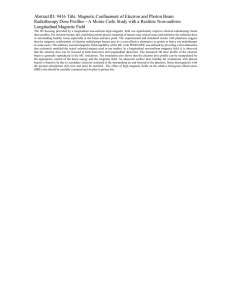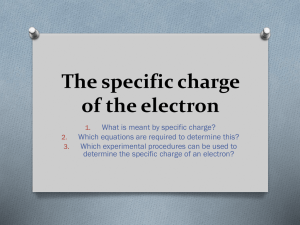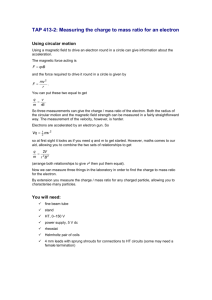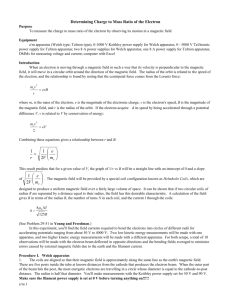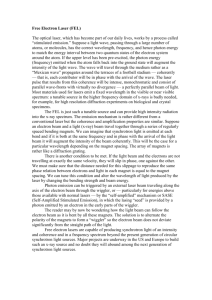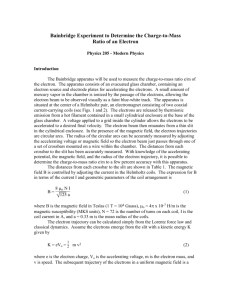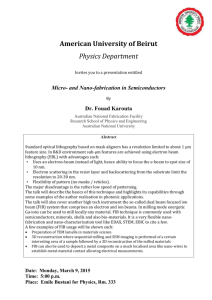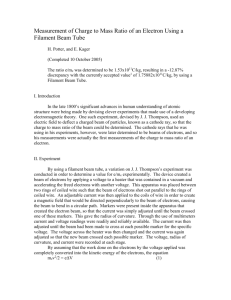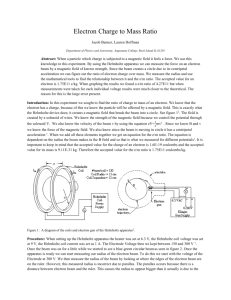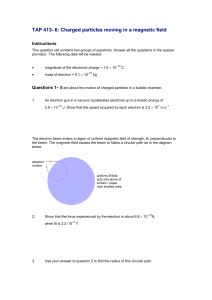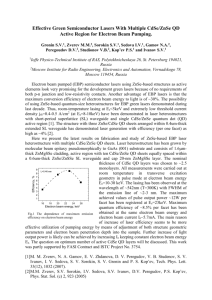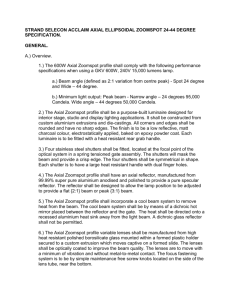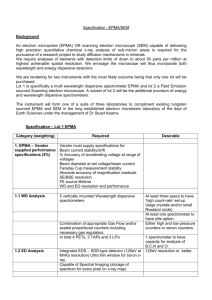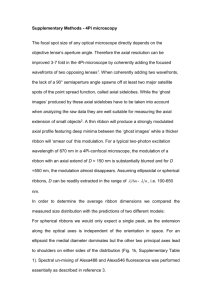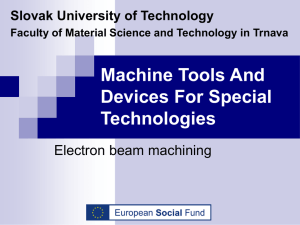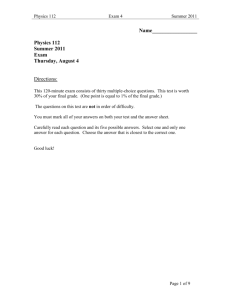experimental consideration on high-energy electron beam in surface
advertisement
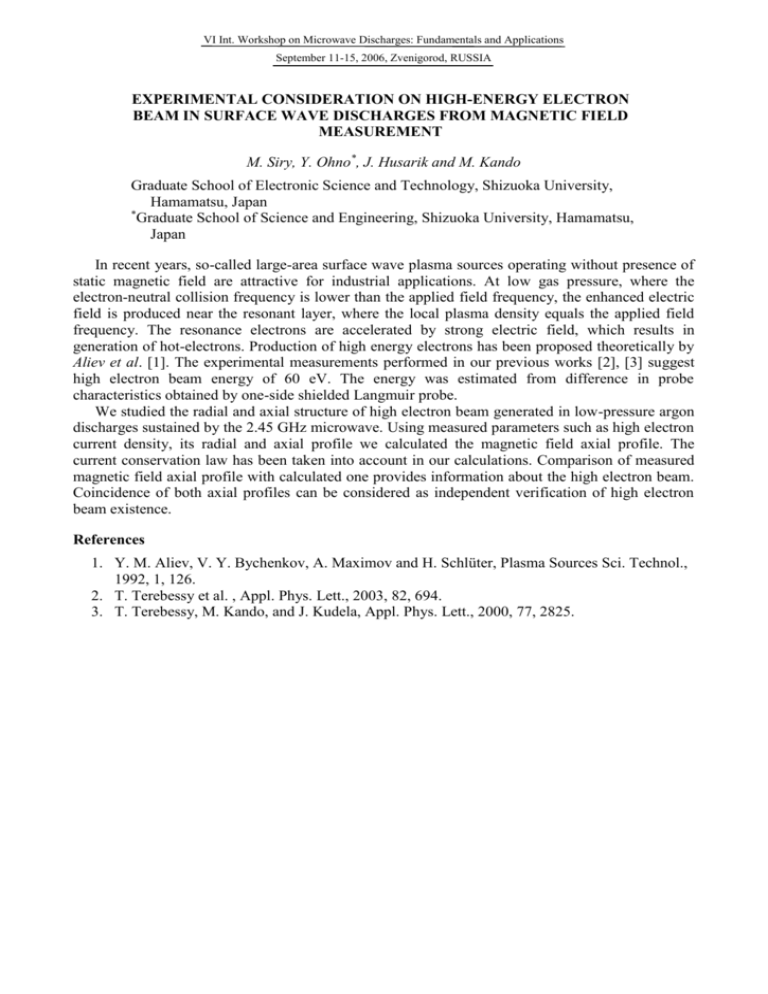
VI Int. Workshop on Microwave Discharges: Fundamentals and Applications September 11-15, 2006, Zvenigorod, RUSSIA EXPERIMENTAL CONSIDERATION ON HIGH-ENERGY ELECTRON BEAM IN SURFACE WAVE DISCHARGES FROM MAGNETIC FIELD MEASUREMENT M. Siry, Y. Ohno*, J. Husarik and M. Kando Graduate School of Electronic Science and Technology, Shizuoka University, Hamamatsu, Japan * Graduate School of Science and Engineering, Shizuoka University, Hamamatsu, Japan In recent years, so-called large-area surface wave plasma sources operating without presence of static magnetic field are attractive for industrial applications. At low gas pressure, where the electron-neutral collision frequency is lower than the applied field frequency, the enhanced electric field is produced near the resonant layer, where the local plasma density equals the applied field frequency. The resonance electrons are accelerated by strong electric field, which results in generation of hot-electrons. Production of high energy electrons has been proposed theoretically by Aliev et al. [1]. The experimental measurements performed in our previous works [2], [3] suggest high electron beam energy of 60 eV. The energy was estimated from difference in probe characteristics obtained by one-side shielded Langmuir probe. We studied the radial and axial structure of high electron beam generated in low-pressure argon discharges sustained by the 2.45 GHz microwave. Using measured parameters such as high electron current density, its radial and axial profile we calculated the magnetic field axial profile. The current conservation law has been taken into account in our calculations. Comparison of measured magnetic field axial profile with calculated one provides information about the high electron beam. Coincidence of both axial profiles can be considered as independent verification of high electron beam existence. References 1. Y. M. Aliev, V. Y. Bychenkov, A. Maximov and H. Schlüter, Plasma Sources Sci. Technol., 1992, 1, 126. 2. T. Terebessy et al. , Appl. Phys. Lett., 2003, 82, 694. 3. T. Terebessy, M. Kando, and J. Kudela, Appl. Phys. Lett., 2000, 77, 2825.
